Introduction
Expense management is a critical aspect of financial stewardship for organizations, transcending mere cost-cutting to optimize spending patterns and align them with overarching financial targets. This article explores the definition, importance, goals, and best practices of expense management, highlighting its strategic role in driving profitability and informing pivotal financial decisions. It also delves into the scope of expense management, overcoming challenges, measuring success through key performance indicators (KPIs), and future trends in the field.
By embracing transparent policies, leveraging technology, and considering the human element, organizations can protect their financial health and nurture an engaged and resilient workforce. As the financial landscape evolves, CFOs must adapt to emerging trends and advance their expense management strategies to ensure financial resilience in today's volatile corporate landscape.
Definition and Importance of Expense Management
Effective expense management transcends mere cost-cutting; it represents a strategic approach to optimizing an organization's spending patterns, aligning them with its overarching monetary targets. This dynamic endeavor involves a careful scrutiny of expenditures, guaranteeing that each corresponds to the enterprise's objectives, thereby enhancing profitability and guiding crucial financial decisions.
A compelling illustration of this is AT&T's historical adherence to established processes, which, over time, became excessively bureaucratic. The disclosure of this matter through employee surveys triggered a transformative effort to streamline operations, emphasizing the importance of modernizing management practices related to costs.
To strengthen monetary integrity and prevent reimbursement fraud—a threat estimated to rise to over $16 billion by 2027—clarity in expenditure policies is crucial. By clearly distinguishing valid business costs and enhancing auditing procedures with receipt imaging requirements, organizations can protect against deceitful practices.
Furthermore, as the monetary scenery changes, the traditional approaches of handling costs, distinguished by documentation and lengthy reimbursement cycles, impose a significant administrative load. By utilizing forward-looking statements, companies can foresee and navigate through these complexities, ensuring the continuous improvement of their cost control systems.
Acknowledging the significance of employee well-being in this equation, recent studies emphasize the profound impact of economic stress on the workforce. Considering the human factor, it's clear that effective cost control approaches need to take into account the well-being of employees by offering comprehensive benefits that cater to their immediate and long-term economic security, as a significant number of adults are stressed due to monetary concerns.
In summary, by embracing transparent policies, employing preventive measures against fraud, and acknowledging the human aspect of cost control, organizations can not only protect their monetary well-being but also nurture a more engaged and resilient workforce.
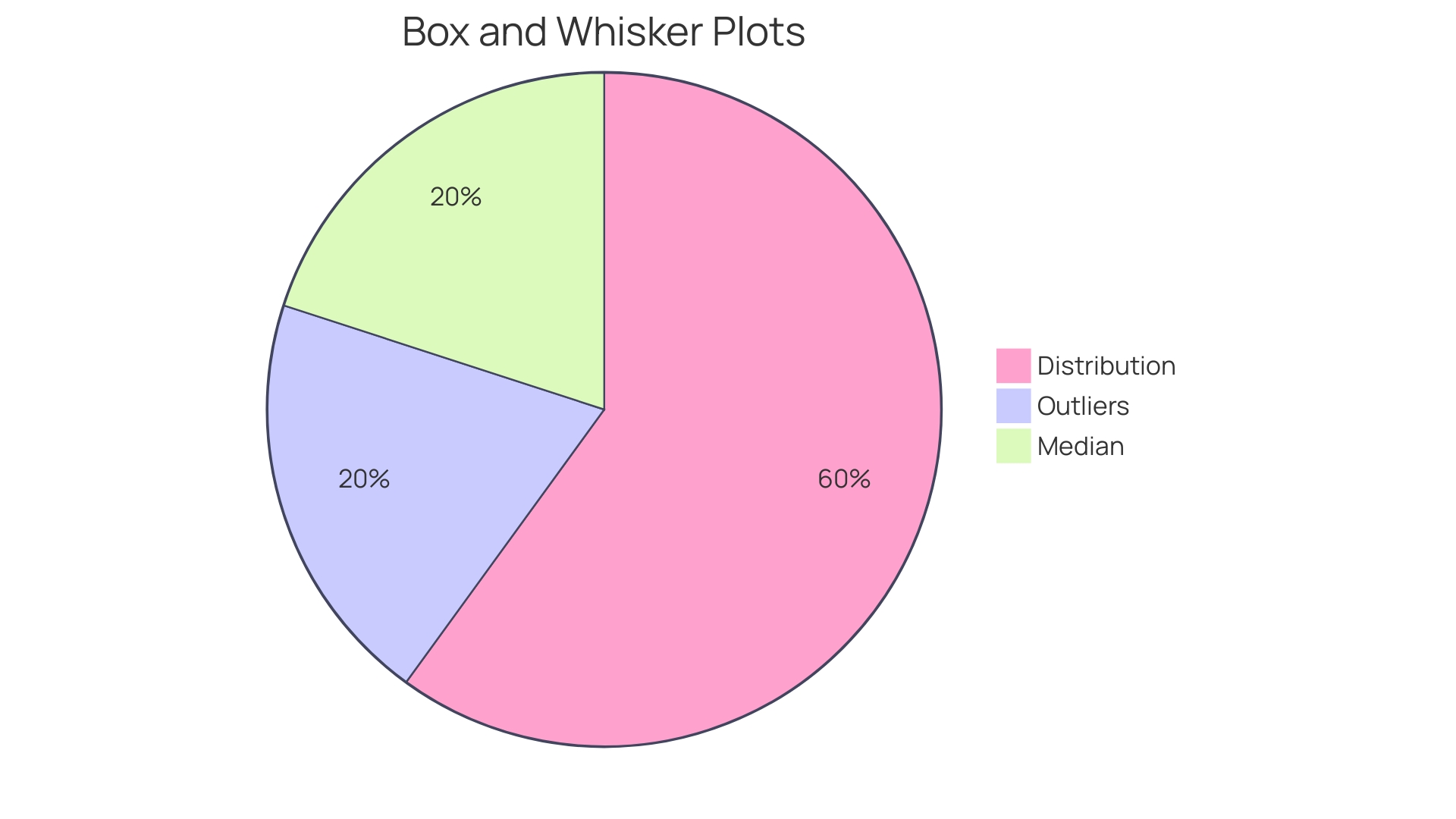
Goals and Objectives of Expense Management
Efficient cost control is beyond mere examination of figures; it involves strategic stewardship of resources and intelligent allocation. The crucial element lies in understanding the notion of materiality â acknowledging the significant influence specific costs have on statements. It's a nuanced approach that distinguishes between significant and nominal costs, influencing whether expenses are reported immediately in the profit and loss statement (PNL) or initially recorded on the balance sheet for gradual recognition over time.
A shrewd strategy involves controlling overheads where possible, enhancing procedural efficiency, and ensuring adherence to regulatory compliance. It also empowers CFOs with the actionable intelligence needed to make pivotal monetary decisions. For instance, the hospitality industry has seen substantial cost savings by automating procurement processes, which underscores the need for companies to embrace technology to streamline operations and mitigate costly errors.
Furthermore, the present economic situation, characterized by rising prices and monetary pressure, places additional importance on effectively handling costs. A staggering 49% of professionals believe their organization's cloud costs are excessively high, signaling an urgent need for meticulous cost analysis and optimization strategies. As companies navigate uncertainties like the ongoing effects of the COVID-19 pandemic or natural disasters, flexibility in cost management becomes paramount.
Ultimately, in the realm of corporate finance, comprehending the interplay between tactical expense categorization and the broader economic ecosystem can unlock new avenues for cost reduction and profit recovery. It's a complex dance between short-term operational needs and long-term fiscal objectives, a balance that requires precision, foresight, and a willingness to adapt to the evolving economic landscape.
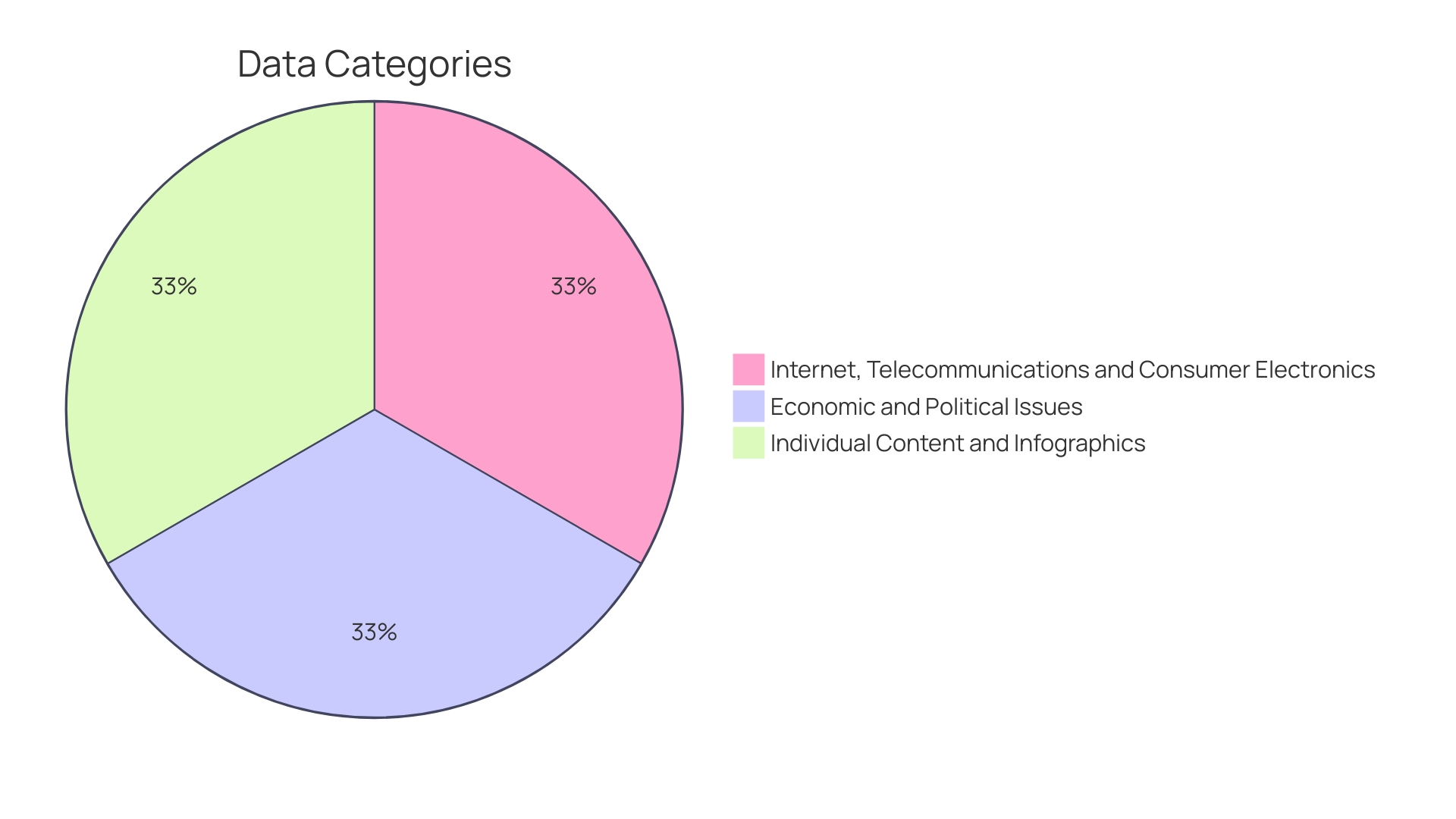
Scope of Expense Management
A strong forecast relies on a solid understanding of your business's historical performance. Gather key financial data such as sales, operating costs, and profit margins to identify patterns and inform future budgeting.
-
Monitoring and examining costs is crucial. Tools like Expensify can simplify the categorization of costs and management of receipts, streamlining the entire process from purchase to reimbursement.
-
Clearly established policies for expenditures are crucial for avoiding misunderstandings or fraud. You could define qualified business costs, request images of receipts, and explore corporate card programs to establish more transparent spending guidelines.
-
Adopting technology, like software for controlling costs, can be a game-changer. Companies like Center are innovating in this space by offering card-first approaches and usage-based pricing models, leading to 64% customer growth year-over-year.
-
Managing risks and ensuring compliance is a fundamental aspect of cost management. A survey conducted by Tipalti revealed that 70% of companies are allocating resources to implement digital technology for automating financial processes, underscoring the significance of digitizing expenditures to uphold control and adherence.
-
Finally, consider your revenue streams to enhance your financial forecast accuracy. Breaking down income into categories like product sales and services can help you see the money flow and predict future income with greater precision.
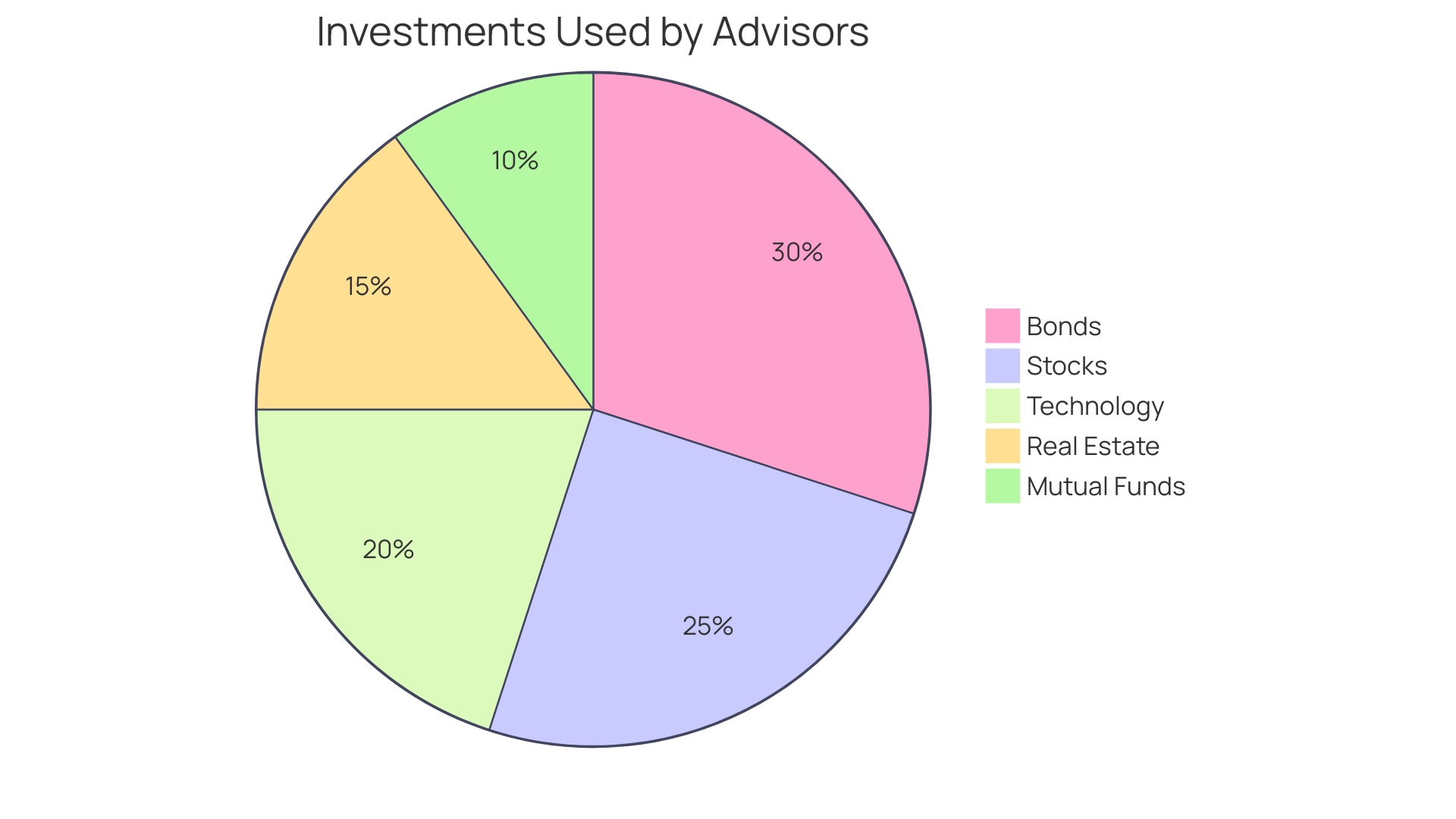
Best Practices for Expense Management
Establishing well-defined spending policies is crucial for setting expectations and maintaining consistency in spending. For instance, by outlining what qualifies as a legitimate business cost and requiring receipt images for reimbursements, misunderstandings or fraud are less likely. Furthermore, integrating categories and departments into these policies can streamline the audit procedure. Automating the tracking process not only enhances accuracy but also simplifies reimbursements. Tools such as Expensify can automate processes from digitizing receipts to organizing costs, decreasing the administrative load on both staff members and the finance division. Educating staff members on the significance of cost control and the utilization of expenditure tracking tools is crucial for fostering a culture of prudent spending. When employees understand the system and its benefits, they are more likely to comply with the established policies. Timely and precise submission of reports is crucial for fast processing and maintaining visibility of funds. This allows the finance team to have a live comprehension of costs and assists in prompt decision-making. - Compliance with legal and regulatory requirements is non-negotiable. Regular assessments and revisions to spending guidelines guarantee that the organization stays in accordance, thereby protecting against monetary and legal consequences. - Expense data analysis is a treasure trove of insights for strategic planning. It can reveal opportunities for cost reduction and aid in identifying areas for potential growth. Furthermore, comprehending tax deductions and credits, such as the Section 179 tax deduction, can greatly decrease taxable income and taxes owed, offering considerable relief for reinvestment.
Measuring Success and Key Performance Indicators (KPIs)
A Chief Financial Officer (CFO) must navigate the intricacies of cost management with accuracy, and key performance indicators (KPIs) are the compass by which they steer the economic well-being of their organization. Take, for example, the Expense-to-Revenue Ratio, which dissects the correlation between expenditures and income, offering a window into the company's spending efficiency. Similarly, monitoring the Compliance Rate can uncover how well employees are adhering to policies regarding costs, a crucial factor in upholding fiscal integrity.
Precision in reports on costs is not only about calculating figures; it's about illustrating an exact depiction of activity to identify chances for improvement and error reduction. Additionally, through monitoring Cost Savings, CFOs can measure the tangible advantages of cost control efforts, enabling them to make evidence-based choices that strengthen the company's fiscal strength.
Consider the experience of Travel Charme Strandhotel Bansin, a distinguished hotel renowned for customer satisfaction and operational excellence. By incorporating technology, they have utilized the potential of accurate cost tracking and strategic monetary control to guarantee profitability even during maximum demand. Their method of handling costs, in line with the mentioned practices, highlights the significance of careful fiscal supervision and its influence on long-term achievement. As the financial landscape evolves, CFOs should look to such real-world applications of KPIs to guide their strategies and secure their organization's profitability.
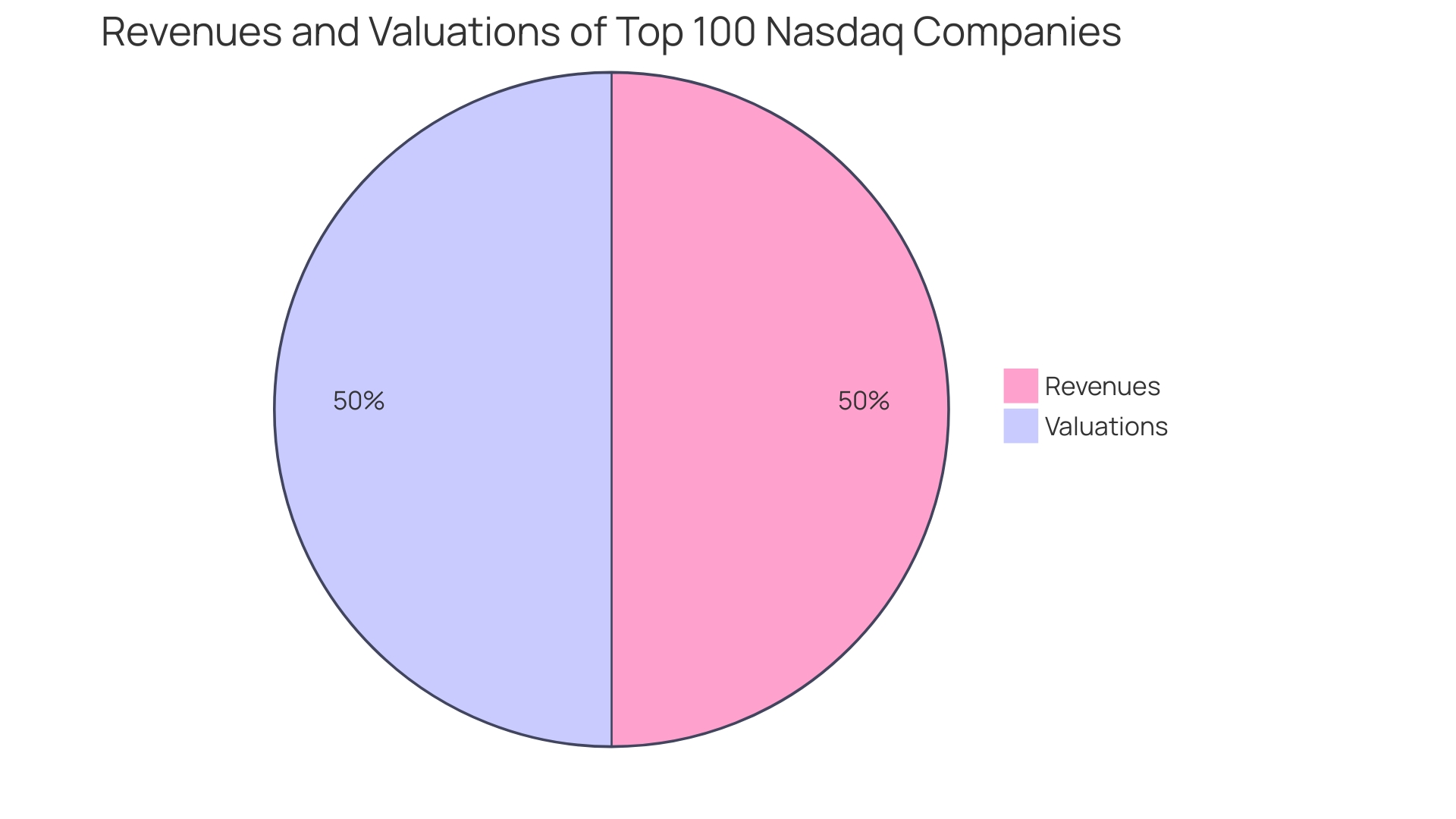
Overcoming Challenges in Expense Management
The complexities of cost control go beyond the conventional procedures, which are burdened with paperwork and laborious manual inputs, resulting in lengthy reimbursement cycles. Staff frequently struggle with the weight of managing receipts, assembling cost reports, and enduring the approval waiting period, contributing to a notable administrative overhead.
Lack of clarity in spending patterns can act as a barrier to informed decision-making for organizations. Automated solutions offer a panacea to these challenges by providing real-time visibility into monetary transactions, thereby streamlining decision-making processes. For example, the utilization of cost management software is a game-changer, offering insights into spending trends that are critical for strategic planning.
Furthermore, adherence to cost policies is essential to prevent financial leakages and compliance violations. Regular training and reinforcement of policies can mitigate the risks associated with non-compliance and ensure that employees are well-versed in organizational spending protocols.
The intricacy of handling costs also increases with the growth of business operations across departments, regions, or currencies. Adopting standardized procedures and the incorporation of technology can lessen this intricacy, enabling a smoother handling of costs.
A case in point is the Travel Charme Strandhotel Bansin, which harnessed technology to refine its operations amidst the peak demand of its holiday season. The property, known for its family-friendly amenities and diverse dining options, exemplifies the impact of technological integration in optimizing cost management.
Drawing from the perspectives of experts in finance, it's clear that the path to achieving independence in terms of finance is closely connected to controlling expenses. According to Shagun, CEO of System, an astonishing 80% of monetary operations are ready for automation, which can free up employee time for more strategic endeavors. This sentiment is echoed by Accenture's research, suggesting that artificial intelligence and machine learning can revolutionize finance automation.
Adopting these advances in technology, organizations can alleviate the administrative load and pivot towards strategic initiatives that enhance customer satisfaction and align with long-term financial goals. Such strategic approaches to cost control are crucial in driving organizations towards financial stability and prosperity.
Future Trends in Expense Management
Companies today are utilizing new technologies in cost control to improve efficiency and acquire valuable insights. For example, AI and machine learning are transforming systems for handling costs by automating repetitive tasks like entering data and categorizing expenses, which not only saves time but also allows finance teams to concentrate on strategic activities.
Implementing mobile cost management applications is another trend gaining traction. These apps facilitate receipt capture, report submissions, and real-time tracking, all from an employee's smartphone. By minimizing the hassle of paperwork and manual entry, mobile solutions significantly reduce the administrative burden and expedite the reimbursement procedure.
Integration with current monetary systems is yet another field where cost control solutions are experiencing notable progress. By syncing with accounting software, these systems streamline the reconciliation process and enhance reporting accuracy, thus ensuring better compliance and financial oversight.
Moreover, data analytics and predictive insights are playing a crucial part in cost control. Organizations can now analyze financial data more effectively to identify cost-saving opportunities and manage risks proactively. Advanced analytics tools have become essential in spotting trends and enabling data-driven decisions that contribute to overall cost optimization.
A case study from SeatGeek highlights the tangible benefits of AI in expense management, where the implementation of AI-powered technology has cut down the time spent on managing expenses from 20 hours to just one hour per week. This significant reduction in administrative workload illustrates the power of AI to streamline monetary operations.
Moreover, the integration of digital wallets is promoting efficiency, transparency, and security in monetary transactions. Protected transactions through digital wallets ensure that sensitive data is safeguarded, thereby reducing the risk of fraud.
As we navigate through the challenges posed by the post-pandemic world, remote work, and global uncertainty, the adoption of these advanced expense management strategies is more crucial than ever. The ability to adapt to these emerging trends will be key to maintaining a competitive edge and achieving financial resilience in the volatile corporate landscape.
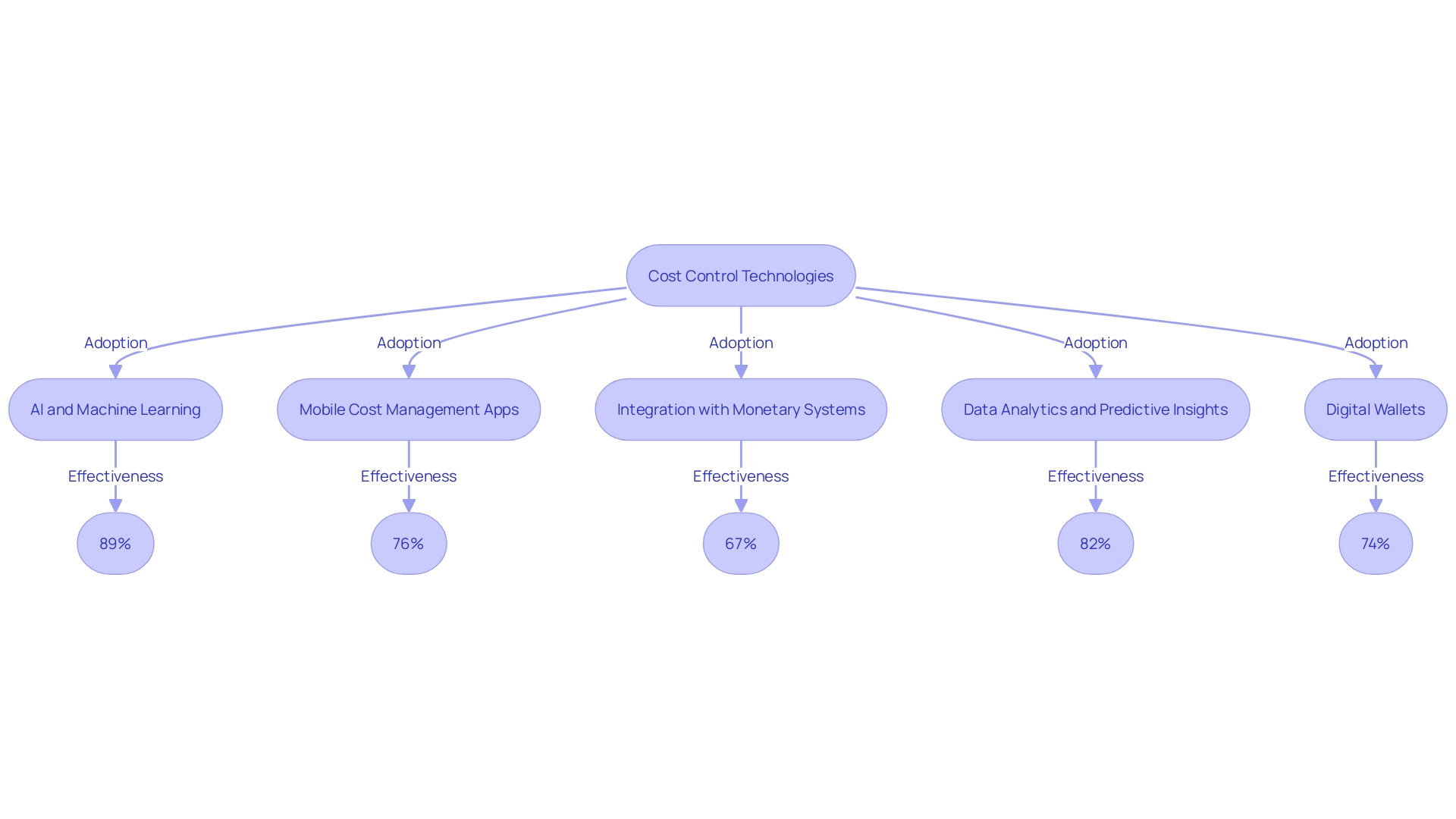
Conclusion
Expense management is a critical aspect of financial stewardship for organizations. By embracing transparent policies, leveraging technology, and considering the human element, organizations can protect their financial health and nurture an engaged workforce.
Effective expense management involves examining expenditures to ensure alignment with objectives and fortifying financial integrity. Clear expense policies and robust auditing procedures are essential to prevent fraud. Embracing technology streamlines operations and mitigates administrative burdens.
Controlling overheads, enhancing efficiency, and embracing technology help navigate uncertainties and unlock cost reduction and profit recovery opportunities. The scope of expense management includes gathering financial data, tracking and analyzing expenses, establishing clear policies, embracing technology, managing risks, and enhancing financial forecast accuracy.
Measuring success in expense management relies on key performance indicators (KPIs) such as the Expense-to-Revenue Ratio, Compliance Rate, and Cost Savings. These indicators offer insights into spending efficiency, policy adherence, and tangible benefits.
Overcoming challenges in expense management involves streamlining processes, ensuring clarity in spending, adhering to policies, and embracing technology. Automation, employee training, and standardized processes alleviate administrative burdens and enable strategic initiatives.
Future trends in expense management involve leveraging AI, machine learning, mobile applications, and data analytics. These advancements automate tasks, enhance accuracy, facilitate proactive cost-saving opportunities, and improve financial oversight.
In conclusion, effective expense management optimizes spending patterns, aligns with financial targets, and drives profitability. By embracing transparent policies, leveraging technology, and considering the human element, organizations can protect their financial health, nurture an engaged workforce, and adapt to emerging trends for financial resilience.
Learn how to measure success in expense management and optimize your financial performance today!




